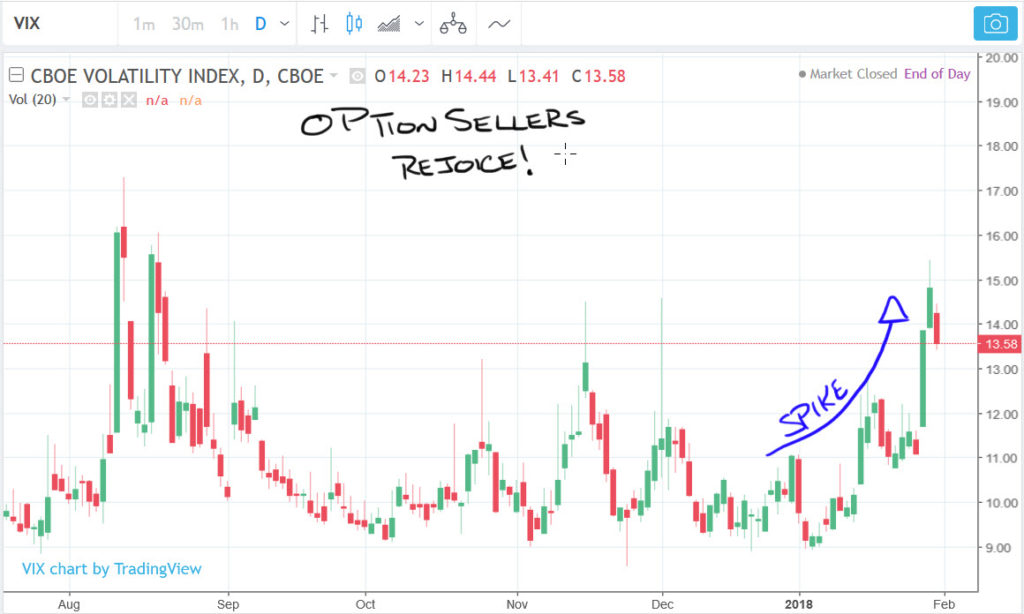
I recently made some 4 oz soy wax candles in tin containers using CD 6 wicks. A CD 6 wick worked great the day after the candles were poured. However, I waited a full week before testing the other test candle that I made. After giving the difference between shelf prospectus and red herring prospectus candle a week to cure, a CD 6 wick was just not big enough and the wick kept drowning out. Use this chart as a starting point to conduct your own burn tests. We can not guarantee that these wicks will work perfectly in your candles.
- If you’re new at candle-making, start by choosing wax, color, and fragrance, then find a suitable wick.
- Simply open the file from your downloads folder and print as many copies as you like.
- The numbers listed in the left side of the chart refer to the interior diameter of the container in inches.
- Often the flame will extinguish itself before all the wax is burned.
But, I’ve noticed, for whatever reason, that candle wicks are often the last choice or even an afterthought when it comes to candle making. All of our wicks are made with a taller 10mm neck wicktab (unless otherwise noted). RRD wicks are round directional and have a cotton core and tension threads.
A right-wicked candle has no mushrooming on the end of the wick.
Record the way the candle looks when you light it, how it works after 2 hours and how it looks after 4 hours. Once the candle completely cools, repeat steps seven and eight. You need to make sure that the burn profile continues through the rest of the candle without any significant issues.
The flame is nice and bright with no smoke trails and the candle burns down all the way to the bottom without looking ugly and misshapen. The latter is really hard to achieve with taller candles so, although I make them, I prefer the small and medium sized candles for personal use. The quantity of the oil and color used in the candle also matters when selecting a wick size.
Candle Wicks: Getting Started
The diameter of the candle/container determines how large the burn pool needs to be for optimum performance. Whether it is a single wick or multiple wicks, the size of the wick controls the efficiency, safety, and quality of melting and burning the candles overall diameter. It turns out candle wicks are one of the most important considerations while making beeswax candles. The particular beeswax you’re working with can affect the way the wick burns, so some experimenting may be needed in order to find the best wicks for beeswax candles. Keep in mind that these are only our best estimates for choosing candle wicks. Finding the correct wick size can require some experimenting.

For centering, use a centering device or wick holder for best results. Larger diameter containers, which are unofficially anything larger than 3-inches, typically benefit from multiple wicks in the candle. Regardless of your choice, the diameter plays a key role in your starting wick size(s).
Pillar Candle Wick Sizes
We offer 12 piece bags of most wick sizes in the CD and ECO series, so that you can conduct your initial burn tests with minimal investment. You may find it helpful to keep a range of wick sizes on hand for any ongoing or future testing. Watch our “Choosing the Right Wick Size” video to see how a properly wicked candle burns. Wooden wicks are for use in containers, and should not be used in pillars or votives. When using our wooden wicks in pure soy, we recommend using the large or extra large wick. This is to make sure the melt pool is wide enough since pure soy wax tends to hold in the heat, as well as fragrance.
However, some adjustment may be needed if you are using a particularly high fragrance load or special blend of wax. So we know that candle wicks are important to our candles, they are important to how it burns and how long it lasts. However, we have a few things that we specifically want from our candle wicks. The last thing they think about is what wick they need to use or how to choose the right candle wick size. I want to change to wood wicks but Ibwant to if one size wick fits all size jars or tins.
How To Choose A Candle Wick
That delivers enough fuel to the flame while won’t make the container overheat. The wick works as a pump that pulls the fuel (the melted wax) to the flame. A wick with the right size is able to melt enough wax and create a complete melt pool extended to the container edge. Use two candle wicks when candle size is nearing 4 inches in diameter.
We hope this free resource will also help you save time and money in the testing phase. Wax from different batches can vary a bit not only in color, but also in behavior. The best way to get the last of the honey out of the wax is to allow it to clarify in a heated double boiler or wax tank. The best way to tell if it is done is by checking the clarity of the wax. When the wax is clear, filter the wax through a clean piece of felt cloth and mold into useable portions. I usually do a variety of different sizes, so that I have the right size for whatever I am making.
How to Trade with Long Wick Candles – DailyFX
How to Trade with Long Wick Candles.
Posted: Tue, 17 Sep 2019 07:00:00 GMT [source]
It is hard, and not right, to simply recommend a specific wick (the length, the thickness, the type, etc.) as the best candle wick. It should vary according to the specific candle you’re making. If a wick appears mushrooming, it may not only attribute to the wick. The fragrance oil and the color dye may also cause problems.
I started this website as a way to document what I’ve learned over the past few years and hopefully help others in the process. Use the 3 wick sizes to test your candles and if one of them is not perfect then consider testing out two smaller wicks per candle to help resolve the situation. A mushrooming candle wick is a sign that the wick you are using is too big or the wick simply needs to be trimmed. You can try to use a smaller wick, trim the wick you are using or change the wick type altogether. Zinc wicks are known for mushrooming so if that is what you are using, consider another type. Possible solutions to these problems include increasing the size of the wick or getting a wick that burns hotter such as hemp.
Choosing the right wick size is not as easy as rolling logs. But when you find the best wick size for your candle recipe, it’s all about copying and pasting in the future. Burning a candle that the wick works best with other candle making supplies, you can enjoy the aroma hassle-free. You can also follow this rule to choose the right wick size for three-wick candles. You should write down the performance of each candle, such as the melt pool, the flame state, the wick length, whether there’s smoke, and so on.
Step 5: Design your candle
Below we select some of the widely used waxes (or blends) and brands. You can also consult your candle suppliers about the proper wax for what candles you want to make. When making a candle, a handful of factors will affect the choice of wicks.
How to refill your old candle vessels and give them a gorgeous new life – CBC.ca
How to refill your old candle vessels and give them a gorgeous new life.
Posted: Thu, 15 Dec 2022 08:00:00 GMT [source]
Cleaner flame, less mushrooming, better scent throw and a more even burn. Some wicks are more likely to mushroom than others and this is not ideal. While mushrooming can sometimes be attributed to the dye or the fragrance oil those problems can still be solved by choosing the correct wick.
The wick is too small, so it’s unable to melt enough wax. Make sure to trim each wick to about 1/4 inch above the surface of the wax top. Put them on a flat surface, with some space between them.
Apparently wicking produced and sold in other parts of the world utilize a different grading system and are not the same. It’s not a perfect system since we don’t have wicks that burn in a square pattern (yet). Don’t stress over this too much – the nuances with square containers works itself out during the burn test. At this stage, select one or more wick series to start.
Different waxes, Soy, Paraffin, Palm, and blends, all require different capillary and burning properties from the wick. The wick’s thickness, braiding tension, construction material, and burning profile all need to be in sync with the waxes own specific melting and burning properties as well. Pin these tips on how to choose candle wicks, and don’t forget to share your candle making by tagging #lifenreflection on Instagram. Now that you’ve covered all the basics and determined your candle wick type, the last step is to confirm you are using the correct size.
After burning for four hours the surface wax should be molten from rim to rim of the container. If the pool of molten wax is significantly deeper than 1/2 of an inch, the wick may be too large. After measuring the inside diameter of your container, select the suggested wick size from the https://1investing.in/ chart. In addition, select the wick size both below and above the one that is suggested. This will give you three wicks to make test candles to insure you are getting the right wick. If the candle will not stay lit the wick you are using may not be primed or the wick may be clogged.
The numbers listed in the left side of the chart refer to the interior diameter of the container in inches. In the table itself, you will see a variety of wick size recommendations for each wax and container diameter. If testing pillar candles, allow them to burn for two hours then record the details of the melt pool and wick appearance. Ideally the melt pool will achieve the desired diameter by this point.
